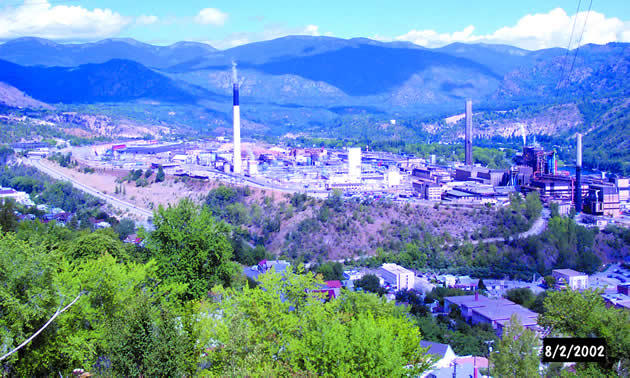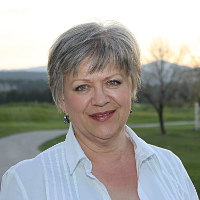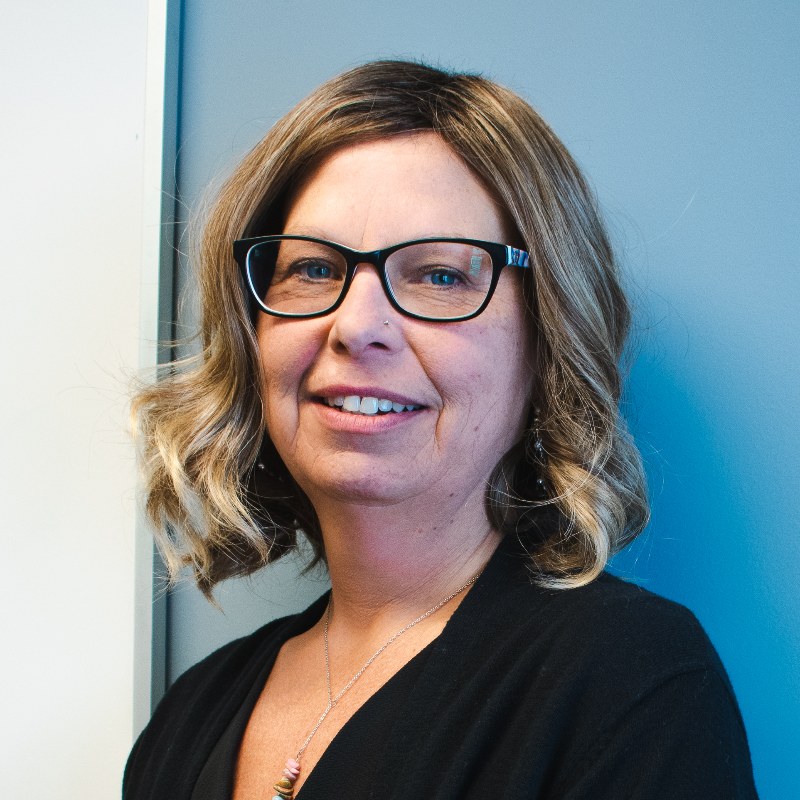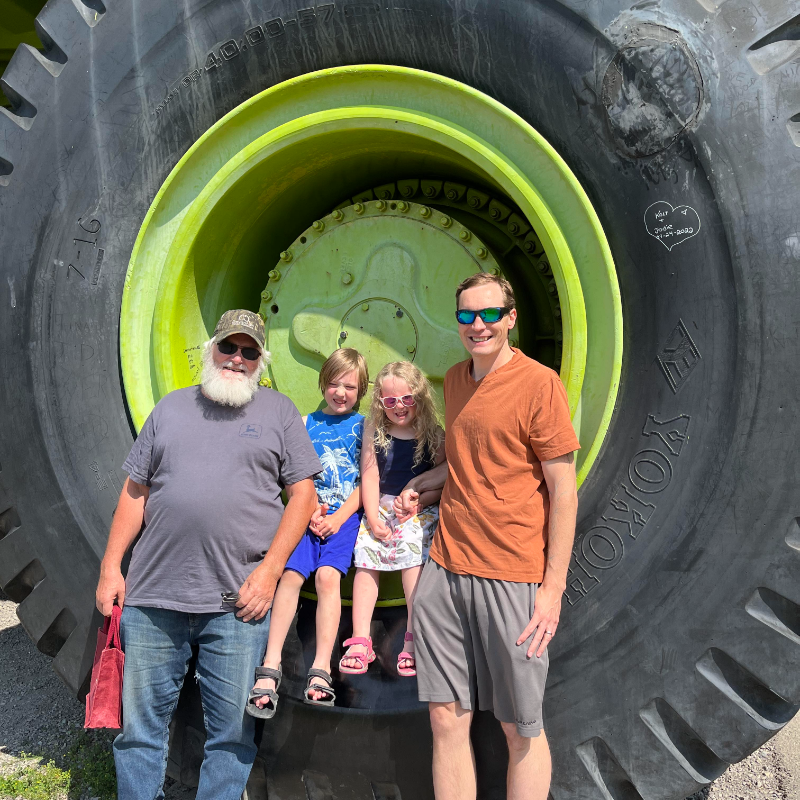Teck: snapshot of a giant
At 100 years old, Teck Resources is positioned to keep growing

This metallurgical complex in Trail, B.C., is one facility belonging to Teck Resources Ltd. — Photo courtesy Teck Cominco
Teck Resources Ltd. is Canada’s largest diversified resource company, currently employing more than 14,000 people in over 50 countries worldwide. Originally called Teck-Hughes Gold Mines Limited, Teck was founded in 1913 by two prospectors, Sandy McIntyre and James Hughes, to develop their gold discovery in Teck Township, Kirkland Lake, Ontario. The mine produced gold for 50 years, until 1965.
Growth and diversity
Through the years Teck invested in additional resource properties, including gold, silver, copper, coal and zinc-producing mines in Canada, the United States, Chile and Peru. The company is actively exploring for gold, copper and zinc in Europe, Asia Pacific, the Americas and Africa. Additionally, Teck is invested in a metallurgical complex in Trail, B.C., and a wind power facility near Drumheller, Alberta; it also owns 100 per cent of the Frontier Oil Sands project in northern Alberta.
The company moved its administrative office from Ontario to British Columbia in 1972, placing its headquarters in Vancouver. After a 15-year association, Teck acquired 100 per cent of Cominco (originally the Consolidated Mining and Smelting Company of Canada) in 2001. Teck Cominco was renamed Teck Resources Ltd. in April 2009.
Don Lindsay, president and chief executive officer of Teck Resources, addressed the company’s 100th annual meeting in the spring of 2013. After thanking the shareholders and members of the board, Lindsay spoke first about his pride in the culture of safety in the Teck workplace.
“I’m pleased to report that in 2012 we recorded the lowest total reportable injury frequency in our history,” Lindsay said. “(This is) a nine per cent improvement over the previous year, and the fewest number of serious incidents on record.”
He said that the company continues to support its goal: Everybody goes home safe and healthy every day.
Current status report
Lindsay said that in spite of the fact that 2012 was a year of global economic uncertainty, Teck’s balance sheet remains very strong. A program of reducing production costs and deferring capital spending is in place, and the company is well positioned to take advantage of opportunity.
Since 2007, production of copper has increased 60 per cent, thanks to investments in South America and B.C. This is record production at a time when some of Teck’s competitors saw their production fall. In coal, production and sales increased by eight per cent in 2012. Teck’s coal extraction operations, located almost exclusively in southeastern B.C., currently account for 52 per cent of the company’s business.
“In zinc, (2012 brought us) a real highlight after many years. We saw the renewal of Red Dog’s main water discharge permit (in Alaska), and that’s something we’ve been waiting for since 1998,” Lindsay said. “We’re just delighted to have it in place.”
Lindsay said that in 2012 Teck finalized acquisition of 100 per cent of the Frontier Oil Sands project, which has increased the company’s total contingency reserves by 67 per cent to 3.5 billion barrels of bitumen.
Tonnes of opportunity
Looking forward, Lindsay said that mining companies look at long-term trends.
“It’s easy to be discouraged when one scans the recent headlines,” he said. “At Teck, we don’t care about percentages, we care about tonnes.”
As the urban population in China is projected to increase at the rate of 13 million per year for the next two decades, China will continue to be an important market for Teck’s metallurgical coal.
Sustainable, supportive and practical
The key to continued growth, Lindsay said, is to maintain and develop support in the communities where the company operates. In 2012, Teck was named to the Dow Jones Sustainability World Index for the third consecutive year, placing it in the top two per cent of mining companies worldwide. Teck is the top-ranked Canadian company and the top mining company worldwide on the Global 100 Most Sustainable Corporations list.
Teck has joined forces with UNICEF and the Government of Canada in a micronutrient initiative, providing a zinc treatment program in four countries where mortality rates among children are high due to zinc deficiencies: Senegal, Ethiopia, Burkina Faso and India. Treatment has begun, with the goal of helping four million children.
In an interview with Bill Good of CKNW Vancouver, Lindsay revealed his surprisingly basic policy for successful achievement of goals. He said that he has learned from his mentors that the best thing he can do is surround himself with good people.
“You have to delegate the right things to the right people,” Lindsay said, “then let them do their job. You need to make sure that everyone understands that they’re on a team, and the team comes first.”






Comments